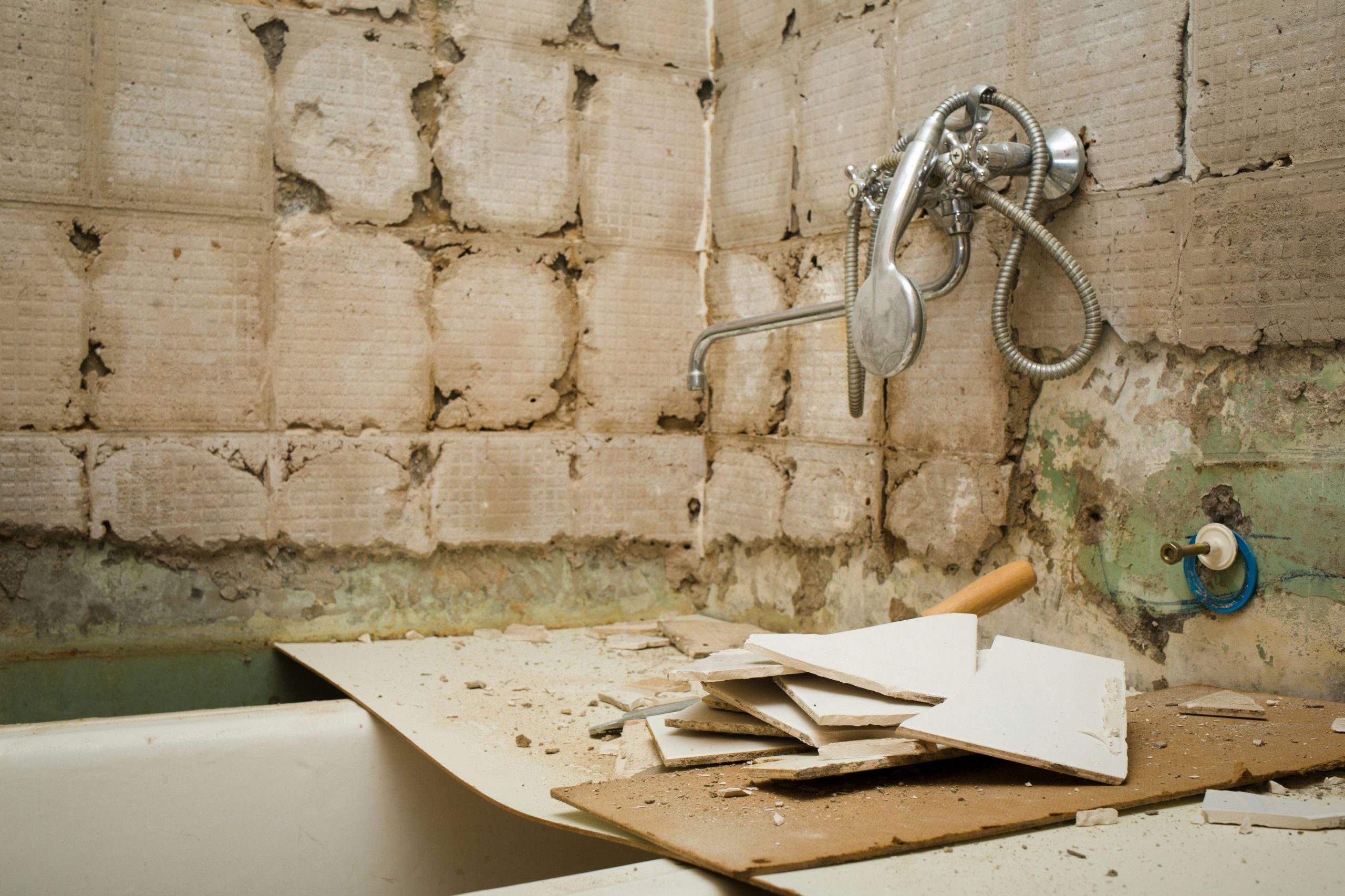Traditional country cottages, especially those located in rural areas like Dorset, have a unique charm that can seduce anyone who appreciates the beauty of rural homes. Their distinctive thatched roofs and rustic charm often conjure up images of simpler times, making them the perfect retreat away from the hustle and bustle of city life. However, renovating these kinds of houses is not without its challenges. From dealing with the complexities of thatched roofs to navigating issues of planning permission, this guide will walk you through some of the unique issues you may encounter when renovating a thatched cottage in rural Dorset.
Dealing with Thatched Roofs
The most distinctive feature of many traditional cottages, particularly in Dorset, is undoubtedly the thatched roof. However, this charming detail can present some unique challenges when it comes time to renovate. The process of repairing or replacing a thatch is highly specialist work that requires expert hands. Unlike regular roofing, you cannot hand the task over to any general builder.
Avez-vous vu cela : What are the specific financial benefits of owning a Grade II listed building in York?
Thatch is a natural material and therefore deteriorates over time. A professional thatcher will be able to assess the condition of your thatch, determine whether it needs a full replacement or just a repair, and guide you through the process. Remember, though, that this is not a quick fix. Thatching is time-consuming work, and you may find yourself having to put other aspects of your renovation on hold while the roof is being dealt with.
Navigating Planning Permission and Building Regulations
Even though you may own the property, renovating a thatched cottage is not as simple as making the changes you want. Many of these houses are listed buildings, meaning that they hold historic or architectural significance and are therefore subject to certain legal protections.
Cela peut vous intéresser : How can investors identify promising development opportunities in Manchester’s Northern Quarter?
Before you can make any changes to your cottage, you’ll need to apply for planning permission from your local council. This can be quite a lengthy process, so it’s important to factor this into your timeline. In addition, all renovation work must comply with building regulations which may limit what changes you can make. Specific to thatched cottages, regulations may include particular fire safety measures due to the increased risk associated with thatched roofs.
The Importance of Using Traditional Materials and Techniques
Maintaining the historical integrity of your cottage is not just a matter of personal preference, but often a legal requirement. This means that you’ll need to use traditional materials and techniques when renovating your property.
For instance, if you’re repainting the exterior of your house, you may be required to use lime-based paint rather than modern synthetic paints. Similarly, any repairs to the stonework of your property will need to be carried out using traditional lime mortar, not cement. Even interior elements such as room layout, windows, and fireplace can have guidelines that need to be followed.
Handling Damp and Insulation Issues
Older properties, particularly those in areas like Dorset where the climate is often damp, are likely to suffer from issues related to moisture and insulation. Thatched roofs, while beautiful, are not always the most effective at keeping out the rain, and the older construction techniques used in these houses often do not include modern damp proofing or insulation methods.
When renovating a thatched cottage, you will need to address these issues with care. Modern solutions like internal damp proofing or cavity wall insulation could potentially damage the structure of your property or create issues with condensation. It’s therefore crucial to consult with a professional who has experience with older buildings to find a solution that won’t harm the integrity of your home.
Sourcing Skilled Craftsmen and Contractors
Last but not least, one of the biggest challenges you may face when renovating a thatched cottage in rural Dorset will be finding the right people to do the work. As noted earlier, working with older, traditional properties requires specific skills and knowledge.
From thatchers to stonemasons, to carpenters experienced in traditional methods, you’ll need to source craftsmen who are not only skilled in their trade but also understand the unique needs and challenges of working with thatched cottages. While this might take more time and research, the result will be a renovation that preserves the character and integrity of your property, ensuring it can be enjoyed for many more years to come.
By familiarising yourself with these potential challenges at the beginning of your renovation project, you’re more likely to have a smoother, more successful experience. Furthermore, facing these unique issues head-on will ensure that the end result is a beautifully renovated thatched cottage in Dorset, which respects its historical roots while offering all the comforts of modern living.
Preserving Period Details
Period details are the heart and soul of any country house, particularly a thatched cottage. From the exposed beams to the original stone fireplaces, these features give these homes their unique charm and character. However, preserving these elements can be challenging, and you need to be aware of this when planning your renovation project.
The interiors of these cottages are often full of original elements like wooden floorboards, panelled doors, and mullioned windows, all of which add to the authenticity of the property. When renovating, it’s essential to preserve these period features wherever possible. This is not just about maintaining the aesthetic appeal of the house; in many cases, altering these original features might be prohibited especially if your property is grade listed.
If you’re lucky, your thatched cottage might even have unique elements such as a mill house, a tennis court, or even a hot tub. These features are not only desirable for the country life they offer but also add significant value to your property. Therefore, it’s crucial to maintain them in good condition and ensure they’re in keeping with the overall style of the house.
Dealing with these features requires not just a keen eye for detail but also a deep understanding of the historical context of these buildings. For instance, if your cottage is located in the South Devon, Lake District, Isle of Wight, North Devon, Cornish coast, National Park, West Country, or Peak District areas, then you’ll need to consider the local architectural traditions when making any changes.
In conclusion, preserving the period details of your cottage is a challenging but crucial aspect of any renovation project. It’s not just about maintaining the charm and character of your property – it’s also about respecting the historical integrity of these beautiful homes.
Conclusion: Embracing the Unique Challenges
Renovating a thatched cottage in rural Dorset or any other similar area is undoubtedly a daunting task. Between dealing with the complexities of thatched roofs, navigating planning permissions, preserving period details, and sourcing skilled craftsmen, it can feel like a mammoth task. However, it is crucial to remember that these challenges are also what makes these projects uniquely rewarding.
Whilst the process might be complex, the end result is a property that embodies the essence of country life. It’s about creating a home that’s not just a holiday home, but a part of the area’s history and cultural fabric. The hard work and dedication put into the renovation will ensure your thatched cottage remains a testament to its past while providing all the comforts of modern living.
So, whether your dream is to create a dog-friendly family retreat, a tranquil haven with a hot tub, or a holiday cottages complex complete with a tennis court, remember that these one-of-a-kind homes deserve to be treated with the respect and care they’ve earned over the centuries.
By embracing the unique challenges and with a little patience, you’ll be rewarded with a stunning thatched cottage that’s not just a house but a piece of living history. Here’s to the charm and allure of the country houses and the timeless beauty of rural Dorset.






